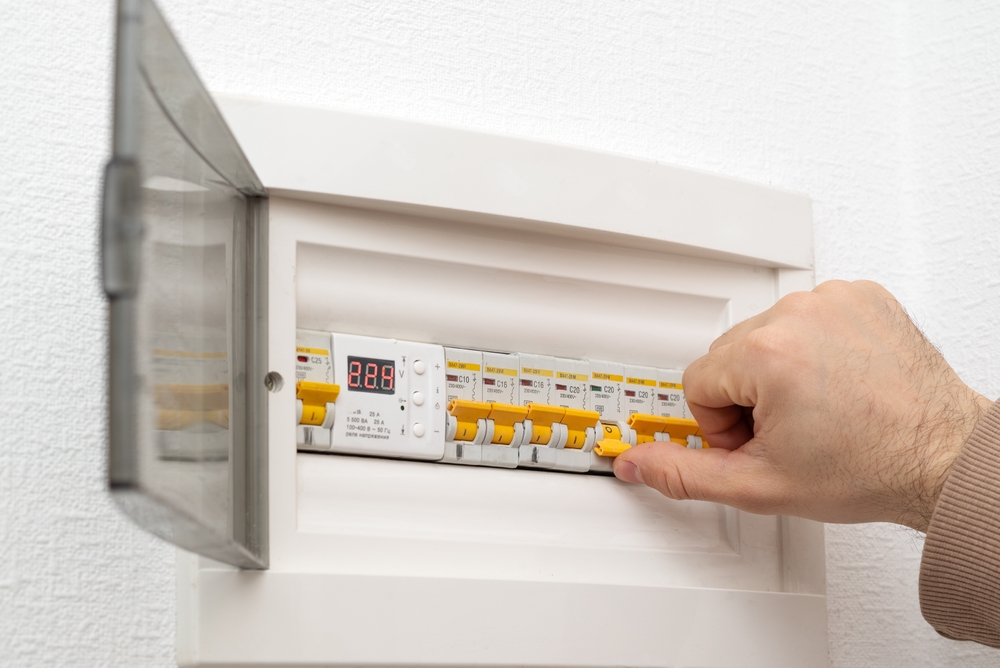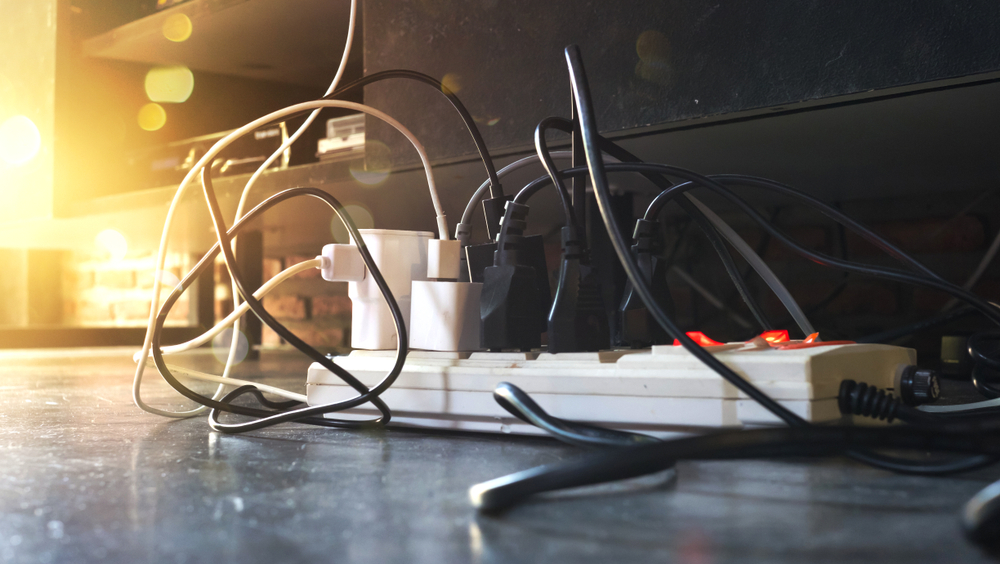
As winter sets in across North Shore, many homeowners are left wondering why their power keeps tripping just when they need it most. Heaters, dryers, and other appliances work overtime in winter, often pushing old switchboards past their limits, especially near the coast where damp air and salt speed up corrosion. The result? Repeated outages, damaged devices, and plenty of frustration. Experts at Hudson Electrical regularly help residents get to the bottom of these cold-season power problems
In this guide, we’ll break down the most common causes of winter tripping and share practical tips, from identifying faulty appliances to knowing when it’s time to upgrade your switchboard, so you can stay safe, warm, and powered all season long. Let’s get started!
If your power keeps cutting out during the colder months, you’re not alone. Understanding the root causes can help you better protect your electrical system and avoid those sudden blackouts. Below are the most frequent reasons for seasonal power trips and how they affect your home.
During the colder months, many households begin to rely heavily on portable and built-in heating solutions to stay warm. While they’re effective, these appliances demand a significant amount of power, often putting circuits under strain.
If you notice your power cutting out when turning on a heater, it may be worth spreading the appliances across multiple circuits or seeking an upgrade to manage winter loads more efficiently.
Winter rain and storms can allow water or condensation to find its way into places it doesn’t belong, particularly around your electrical system.
To prevent issues, it’s important to check that outdoor fittings are weatherproof and that your switchboard is properly enclosed and protected from wind-driven rain and moisture.
A beautiful coastal lifestyle comes with a hidden cost. One example is salt air, which carries fine particles that can corrode your electrical components over time.
Regular inspection and maintenance before and after winter can help catch early signs of salt damage. You can also have corrosion-resistant components or protective coatings for added durability.
If your switchboard is old or uses ceramic fuses, it might not be built for modern winter demands.
If your switchboard trips regularly or shows signs of wear, like buzzing sounds, overheating, or burn marks, it’s time to consider a full upgrade. Upgrading to a modern switchboard adds safety features and can handle winter’s heavier electrical load more reliably.
Before you can fix a power tripping issue, you need to know exactly what's causing it. While winter can put extra stress on your home’s electrical system, not every trip has the same root cause. Identifying the problem early can save you from repeated blackouts, protect your appliances, and help avoid costly repairs. In this section, we’ll guide you through simple, step-by-step checks you can do around the house to pinpoint the source.
Start by identifying whether it's a single circuit or the entire switchboard that's causing the issue. Open your switchboard and look for any breakers that are out of line or switched off. If only one breaker is tripped, the issue might be isolated to that specific circuit. However, if multiple breakers or the main switch are tripped, this could indicate a larger problem affecting the entire electrical system.
Once you've determined the scope of the tripping, turn off all appliances connected to the affected circuit(s). This helps prevent an overloaded appliance from immediately tripping the power again.
Physical damage can often be the culprit behind electrical issues. Take a close look at your appliances and power points for any signs of trouble.
Bad weather can mess with your electrical system, especially if moisture gets in where it shouldn't. Keep track of whether tripping incidents coincide with storms or wet weather.

Once you’ve identified what’s causing your power to trip, the next step is finding the right fix and preventing it from happening again. Some solutions are quick and easy while others may require a more professional touch. Here, we’ll walk you through practical fixes and smart prevention tips to keep your power steady all winter long.
One of the straightforward solutions to prevent power trips is to unplug or cease using appliances that regularly cause issues. Power trips often occur when an appliance is faulty or draws excessive power:
Overloading a circuit is a common cause of power trips, especially when multiple high-wattage devices are used simultaneously:
Outdoor electrical components are particularly vulnerable in winter due to increased moisture levels:
If you’re not sure what’s causing the problem or something just doesn’t feel right, it’s time to call in a licensed electrician. A qualified one can inspect your system for signs of moisture damage, circuit overloads, or other underlying issues. They can provide tailored solutions to ensure your electrical system is safe and efficient. Also, schedule regular electrical inspections and maintenance before winter to catch potential issues early.
An outdated electrical system can struggle to handle modern power demands. A switchboard upgrade can enhance safety, improve electrical efficiency, and prevent frequent power trips. This is a worthwhile investment for older homes and can provide peace of mind during the high-demand winter months.
In conclusion, if your power keeps cutting out during winter, it’s a clear sign your system is struggling to keep up. Whether it’s due to overworked heaters, moisture in outdoor fittings, or an outdated switchboard, addressing the issue early is key to staying safe and warm. Don’t ignore the signs! Contact Hudson Electrical, your local electrician in the North Shore, to get expert help diagnosing and fixing the problem, so your home stays powered and protected all season long